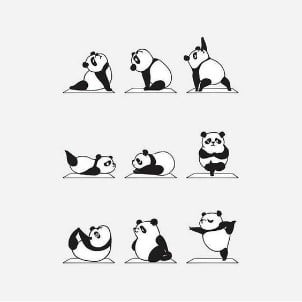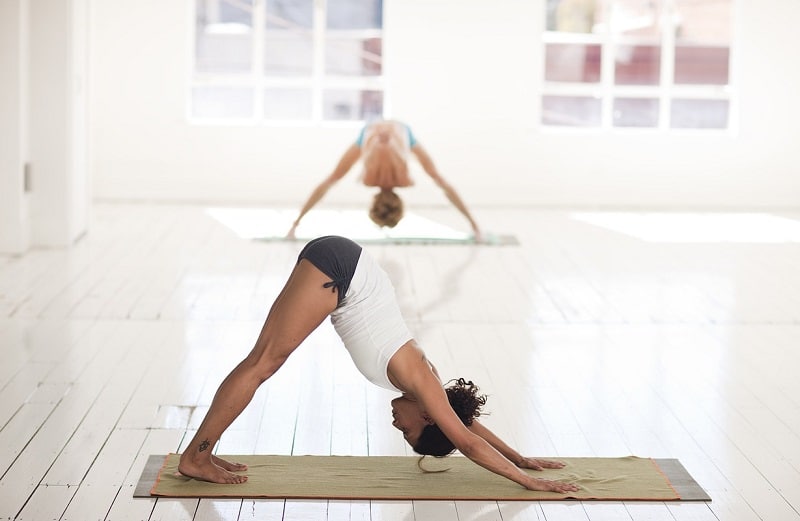Osteopathy and yoga : complementary disciplines
Yoga can extend and reinforce the benefits of an osteopathy session. Practicing both disciplines makes us realize our potential for self-healing. To say goodbye to the pains and open the doors of well-being !
Yoga and osteopathy: the same definitions
Yoga is defined as an art, a science and a philosophy. And it is in these same terms that the founder of osteopathy, Andrew Taylor Still in the late nineteenth century describes his discipline. Both disciplines act in the field and aims to rebalance the human being in its entirety, physical and psychic. As with the postures, the manual manipulations are precise. They are both science and art. Indeed, they require a perfect knowledge of the anatomy, physiology and biomechanics of the human body.
Postures in addition
 Many patients come to osteopathic consultation with chronic pain, often old. In some cases, it would take years of treatment to solve all the problems and compensations that have accumulated. So rather than multiply the sessions, it is possible to indicate to patients some asanas (yoga posture) to prolong the effects of the manipulations and so space the sessions. The idea is to teach the body to find a stable position so that the movement is as fluid as possible.
Many patients come to osteopathic consultation with chronic pain, often old. In some cases, it would take years of treatment to solve all the problems and compensations that have accumulated. So rather than multiply the sessions, it is possible to indicate to patients some asanas (yoga posture) to prolong the effects of the manipulations and so space the sessions. The idea is to teach the body to find a stable position so that the movement is as fluid as possible.
A complicity to live
The two disciplines feed, the rapprochement is done on several levels: Biomechanics first. In static sheathing or yoga stretching, an osteo-articular and muscular mobilization is performed which completes the osteopathic manipulations.The mirror work does not stop there. The more we refine the practice, over the osteo consultations or yoga sessions, the more we come into resonance with the emotions and the unconscious. The pains and evils are very rarely purely mechanical, the unconscious often prints its mark.
An energy approach
Osteopathy is not a discipline that only “crack” the joints. Like yoga, it acts on all the tissues of the human body: the osteo-articular system, the muscles, but also the soft tissues, the viscera, the fascia, the cranial sphere.Every tissue, every organ or structure moves almost imperceptibly. This movement manifests itself as an oscillation, a respiratory wave more or less light, more or less ample and harmonious. In case of dysfunction or pain, this movement is blocked, the area becomes dense, contracted and has lost its natural mobility.By osteopathic techniques adapted to the patient and to the dysfunction, we come to restore a correct tissue movement to remove all the restrictions of mobility. As in yoga, this work also involves breathing.
Yoga, a form of auto-osteopathy ?
The comparison is a little daring. Yet she is not so far-fetched. The more you practice yoga, the better you know your body and the more you feel your inner feeling. By listening to oneself, one then becomes able to anticipate and adopt a preventive approach. Instead of going to see his osteopath when the pain is installed, we go there when we feel the premise of a blockage.When a person practices both approaches, she is more active in her treatment, however, for yoga and osteopathy to enrich each other, it is important to call on a yoga teacher who has also received a very good training, rigorous, especially in anatomy and biomechanics of the human body.




